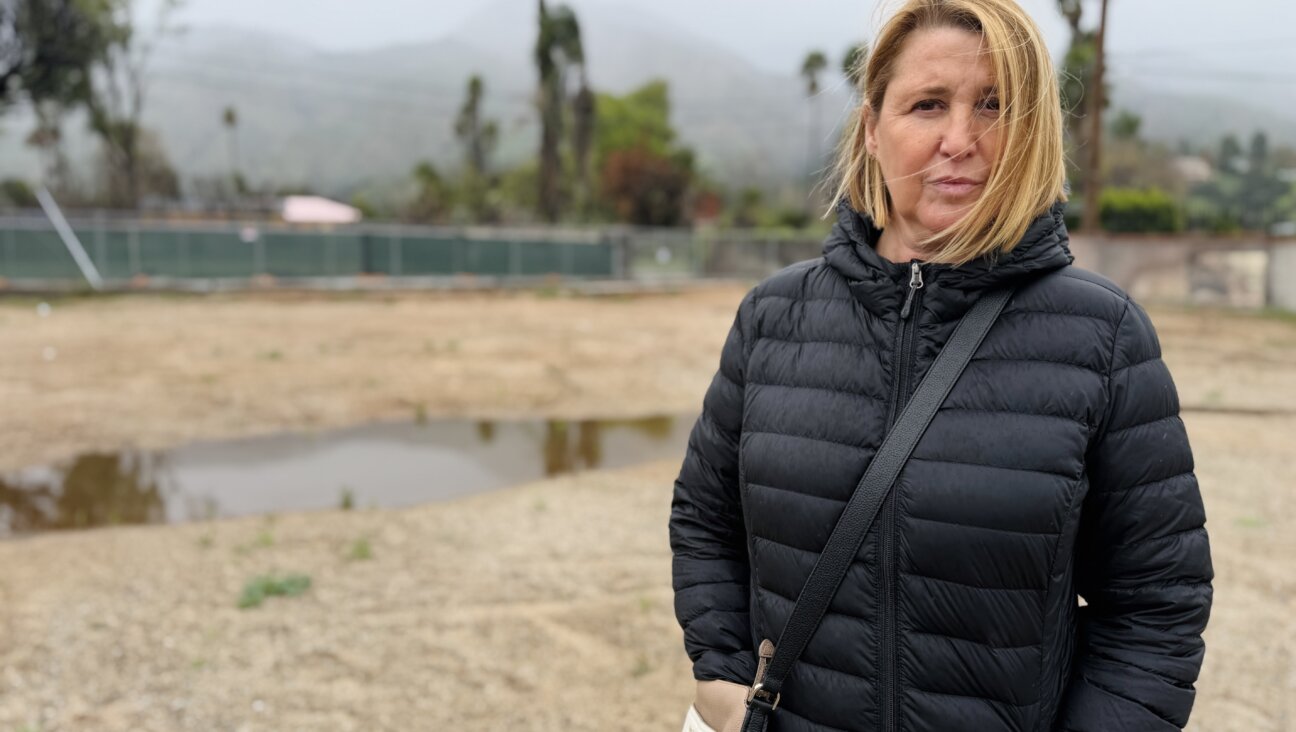Men Still Dominate Major Publications
The 2013 VIDA Count — a survey of the gender breakdown of bylines, book reviewers and authors reviewed at major publications — is out, and the numbers aren’t pretty. The vast majority of book reviewers and authors reviewed at publications like the New Yorker, the New York Review of Books and Harper’s are men, as are the bylines.
Perhaps more depressing than this finding is the fact this year’s numbers don’t show much in the way of improvement from three years ago, when the first Count was released. For example, in 2010 the New York Times Book Review reviewed 283 books by women and 524 books by men. In 2012 they looked at 237 books by women and 488 books by men. Meanwhile, the New York Review of Books reviewed 59 female authors and 306 male authors in 2010 and 89 female authors and 316 male authors in 2013.
When VIDA began counting, the thinking was that editors would feel so embarrassed by their obvious preference for male writers, be it conscious or subconscious, that they would be prompted to change. Now we see that shaming them is not a viable solution. Is collective action next?
Over on VIDA’s website Amy King suggests that it might be time to boycott.
As I noted in the intro, publishers and editors can choose to listen or ignore thinking through biased-publishing practices, but what is of more import is that we can let them know that readers and writers are listening too. We can now make informed decisions when we reach into our pockets to buy publications. Publishers can ignore the numbers, and we can choose not to buy their publications.
And Alyssa Rosenberg on her blog at ThinkProgress thinks that in addition to counting we might need to organize and make specific requests.
But for those numbers to break through to the people who have the power to change them, we apparently need something more than those figures. It may not take a Ladies Home Journal-style sit-in, but maybe we could at least start with some specific asks for editors. Do we want parity by a set date? A goal of a certain percentage change per year? I’m open to all suggestions. Because three years of stagnation is a sign that we need different tactics.
When the numbers first came out in 2010, I asked editors at top publications why they thought there was still such inequality in their pages. They were all contrite to some degree, and for the most part expressed a desire to change. I emailed them again this year, but didn’t get much in the way of response.
I only heard back from one editor, who asked to remain off-the-record but assured me that he was very aware and consciously trying to increase the number of women in his pages. I believed him three years ago, and I believe him now. But unfortunately I am starting to think that his contrition and my faith in his ability to change things are not enough. I am also starting to think that maybe things are worse than we ever thought. It seems that the gender bias is so deeply entrenched in our writing culture that even well-intentioned editors at top publications can’t improve things without upending their whole process. Now we have to figure out what comes next.

















